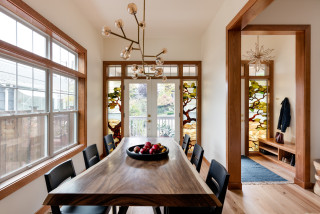
Stained glass windows, made from colored glass joined by lead strips, or cames, became popular in homes in the mid-19th century. Decorative colored glass, however, dates back to ancient Egypt and Rome. Today, colorful, artistic windows are making a comeback, with homeowners embracing both antique and modern designs. Here are standout examples from Houzz’s photo feed to inspire your project.
This arched stained glass window is one of a matching pair flanking a fireplace in a 100-year-old Colonial home designed by Nicole Forina Home in Summit, New Jersey. The windows’ traditional style feels cohesive with the room’s contemporary furnishings in part because of their shared color scheme.
The stained glass panel in this photo is one of several in the entryway to a beautifully remodeled Denver home. J Reiko Design + Co. preserved multiple examples of original stained glass and mosaic flooring throughout the property, which is located in a historic district.
Browse home decor on Houzz
Sybille Zimmermann of Studio Zimmermann installed this modern stained glass window in her own primary bathroom in Los Angeles after admiring a similar design in what she describes as a “hippie truck” on the Malibu Pier. The round soaking tub echoes the window’s shape.
Tour this home’s landscape
Part of a primary suite addition to a historic corner row house in Philadelphia (a collaboration between Foster Design Farm and Swiatocha Architecture + Design), this stained glass window provides both privacy and period character. It hangs in front of an existing window in place of a curtain — an easy idea to borrow.
In the primary bathroom of a Victorian home in San Francisco, Seldin Design Studios repurposed an original stained glass window from elsewhere in the house in the large walk-in shower, surrounding it in blush, rose and peach tile. A new, complementary stained glass window was installed above the toilet.
During the medieval period, windows were often made using small round discs of glass called rondels. EMR Architecture installed a modern take on one such window — designed by the homeowner — in a bathroom door while remodeling a Victorian townhouse in West London.
Vintage stained glass panels that look as though they may be mounted like shutters provide privacy while gently filtering light in this Dallas bathroom by Sey Interiors. Floral wallpaper above the wainscoting picks up the red, yellow and blue glass.
Board & Vellum artfully restored a 1912 Craftsman home in Seattle’s historic Mount Baker neighborhood, preserving original stained glass windows — including this stunning floral design in the dining room and another in the kitchen. Both the blooms and the symmetry in the stained glass echo the surrounding wallpaper.
Hertfordshire, England-based Charlotte Bucciero Interiors designed stained glass panels to allow more sunlight and whimsy into this entry area of an Arts and Crafts home. Custom paneling and woodblock wallpaper based on a 1918 watercolor by C.F.A. Voysey complete the playful composition.
Another classic Victorian home in San Francisco remodeled by Seldin Design Studios has a custom stained glass window with a wreath design, inspired by the home’s history, hanging above a pale turquoise claw-foot bathtub. The layout of the floor’s turquoise, black and white hexagonal tile was customized for the space too.
In a Parisian apartment designed by Anne Chemineau and Franck Voyer of Decor Intérieur, a courtyard-facing opening was fitted with a custom six-panel stained glass window that reflects the project’s color palette and adds Art Deco flair. The piece was created in collaboration with renowned stained glass artists Studio Vitrail Bianconi.
While stained glass traditionally is considered to be decorative arrangements of colored glass pieces held together by cames, one could argue that any colored glass technically qualifies. In this Canadian home designed by Ottowa-based architects Linebox Studio, the dining area windows create a vibrant multicolor experience for both the family inside and passersby outside.
In this midcentury California home, Orange County-based PVK Studio preserved original features while introducing a contemporary coastal vibe. In the bar area, two groovy stained glass windows feature wine bottles and martini glasses.
25 Awesome Home Bars
An oversize stained glass window hangs above a soaking tub in this bathroom by Scottsdale, Arizona-based AB Design Elements. The window’s abstract design is bold and dynamic, but the green-and-blue color palette is soft and calming.
Salvaged from an 1887 West Philadelphia church, this half-moon stained glass window was refinished by a Pennsylvania couple and installed in their guest bedroom — part of a former Catholic church renovated by architect Carrie Foster of Foster Design Farm.
Read more about this house
In this historic Craftsman residence remodeled by San Diego Master Craftsmen, stained glass panels in cabinet fronts bring period charm and artistic detail to the kitchen.
Farrow & Ball’s Dix Blue paint draws out the color in the original stained glass windows in this living room, which is part of a Victorian coach house conversion in Kent, England, by Nicky Percival. Zoom in to see that each flower in these windows — and in similar ones in the dining area and kitchen — represents a different species.
On one end of a new Shingle-style home on White Bear Lake in Minnesota, TEA2 Architects added grids of stained glass to obscure views of the neighbors and wash the pantry in colorful light.
In a Tudor-style Nashville, Tennessee, house built by Castle Homes, custom stained glass doors at the billiards room entrance feature memories of the owner’s children and family travels.
Remodeled by Tusk Builders and designed by Yond Interiors, this kitchen in a Victorian in Minneapolis features marble countertops, an antique-style brass bridge faucet and a plate rail. Together, they enhance the romantic design of the original stained glass window above the sink.
Dragonflies flit across a stained glass window in this Los Angeles kitchen by Arndt Design Studio. The cabinetry’s soft, springlike green echoes the leaves in the glass.
The entryway to a late Victorian house in London, remodeled by
Fraher Architects with interiors by Lizzie Green, features seven spectacular panels of multicolored, textured stained glass. A closer look at the red circles, or rondels, reveals that they thicken toward a central point — a result of the production process that earned them the nickname “bull’s-eye glass.”
In a 1930s Tudor Revival home in Los Angeles, uploaded by Meridith Baer Home, glass panels set in steel window frames add organic color and earthy texture to the neutral decor.
Outside Philadelphia, the entry area in an 1870 Victorian updated by SG23 Design boasts an original stained glass window surrounded by new chinoiserie wallpaper. The colorful checkerboard glass panes frame a clear section — a design typical of the Queen Anne style popular in the late 19th century.
A historic Missouri farmhouse, revamped by architect Tim Hollerbach Designs and
Chelsea Design, features stained glass windows flanking an original stone fireplace. Designed by Chelsea Smith and crafted by Cosby Art Glass Co., the design depicts flowers and birds native to the property, along with the facade of the remodeled farmhouse itself.
This article was originally published by a www.houzz.com . Read the Original article here. .
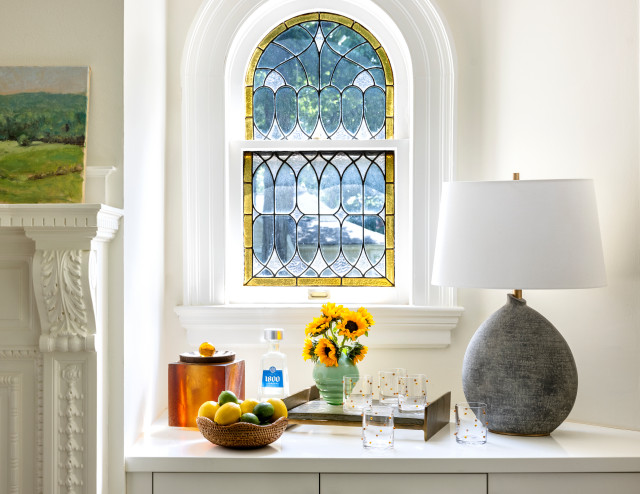
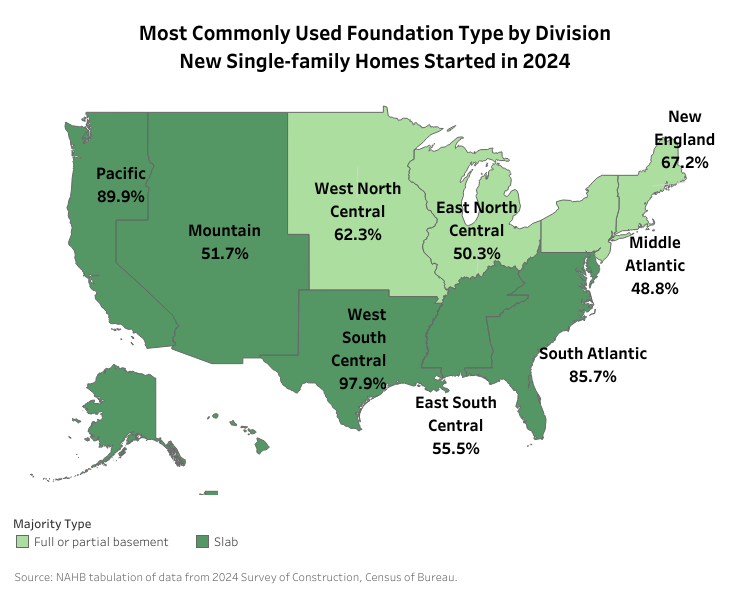
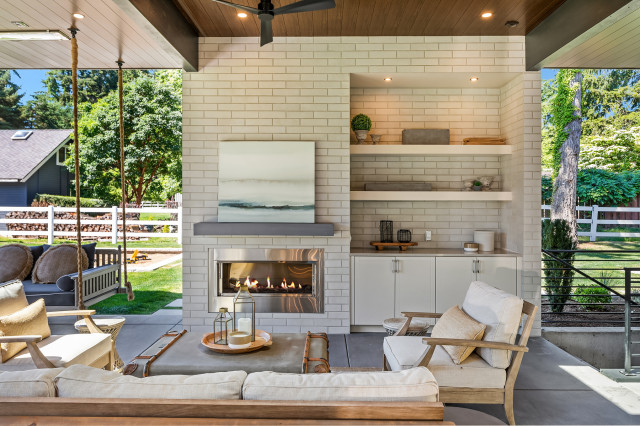
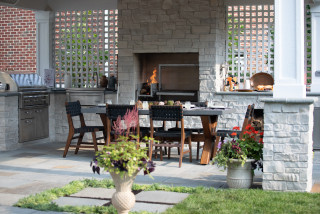
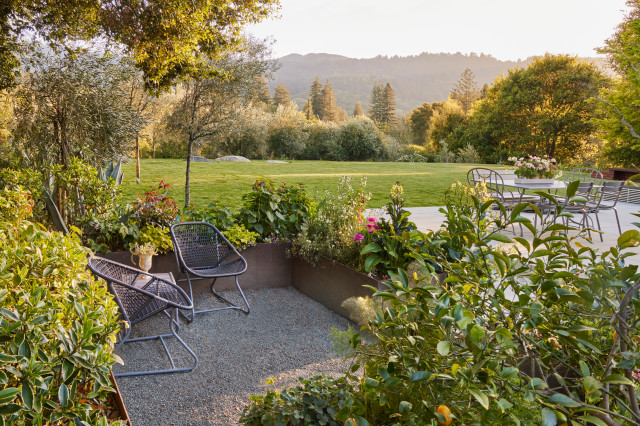
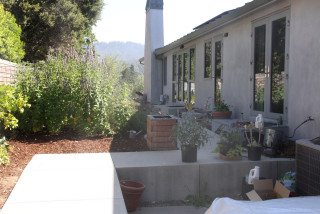


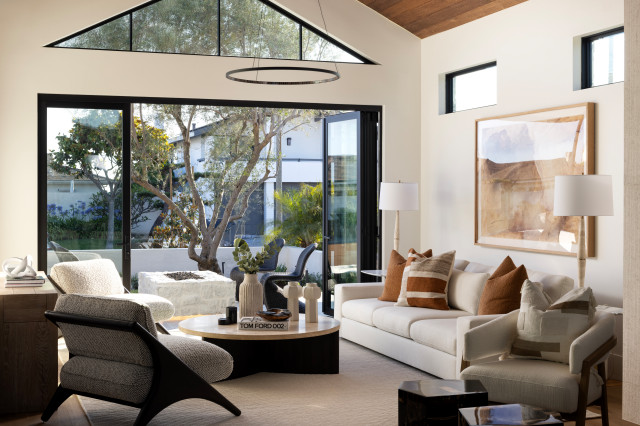

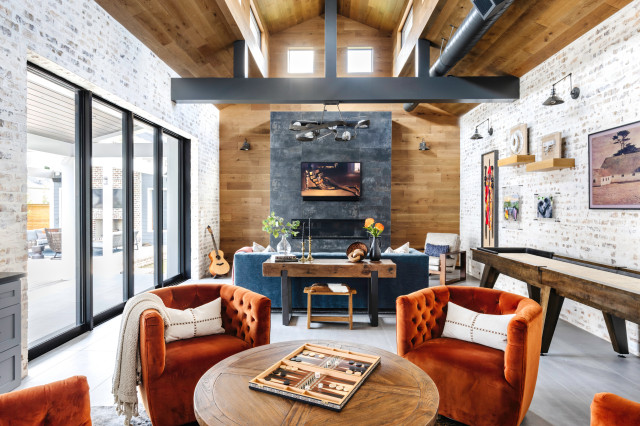

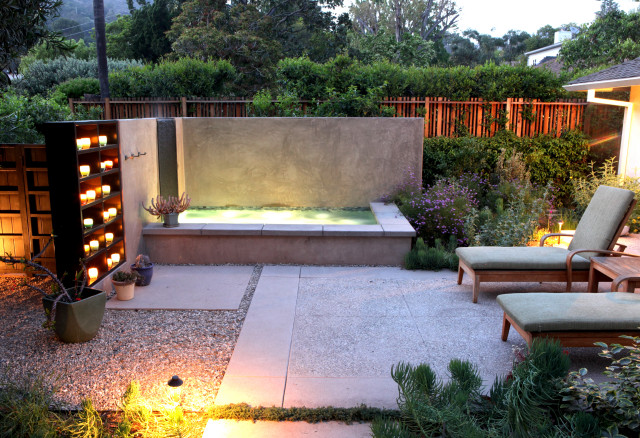

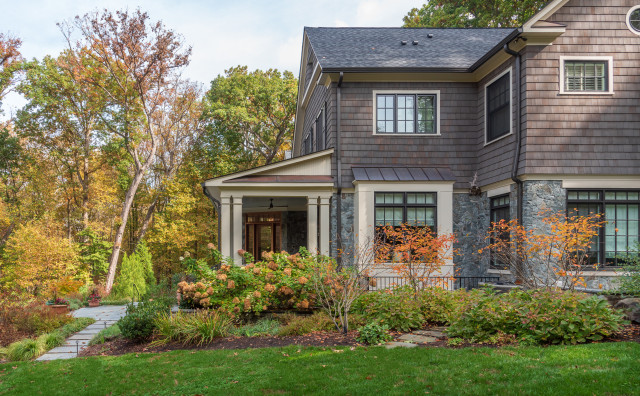
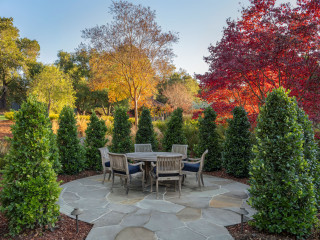
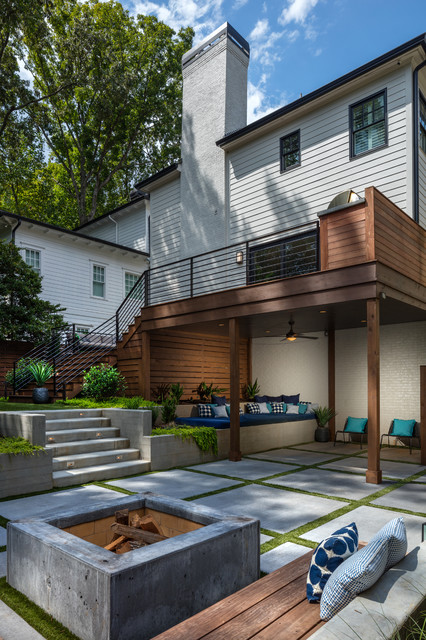


In a 1904 Dutch Colonial in Seattle, Miriam Larson of Story created these pictorial stained glass windows to capture the feeling of tree, sand and sky for her California-loving clients. They purchased rights to the design, and Larson devised the layout and had the panels custom-fabricated.
Click the image to see more of each project.
Find an interior designer near you